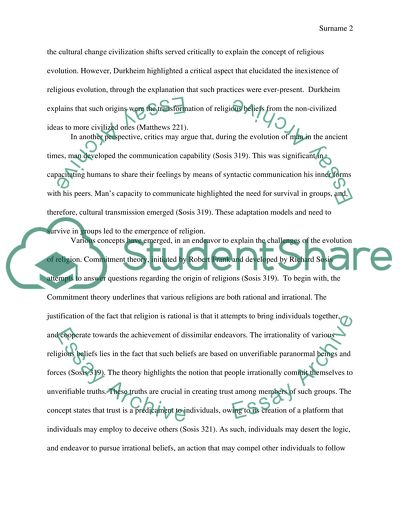Cite this document
(“Evolution Of Religions Research Paper Example | Topics and Well Written Essays - 2000 words”, n.d.)
Evolution Of Religions Research Paper Example | Topics and Well Written Essays - 2000 words. Retrieved from https://studentshare.org/religion-and-theology/1645165-evolution-of-religions
Evolution Of Religions Research Paper Example | Topics and Well Written Essays - 2000 words. Retrieved from https://studentshare.org/religion-and-theology/1645165-evolution-of-religions
(Evolution Of Religions Research Paper Example | Topics and Well Written Essays - 2000 Words)
Evolution Of Religions Research Paper Example | Topics and Well Written Essays - 2000 Words. https://studentshare.org/religion-and-theology/1645165-evolution-of-religions.
Evolution Of Religions Research Paper Example | Topics and Well Written Essays - 2000 Words. https://studentshare.org/religion-and-theology/1645165-evolution-of-religions.
“Evolution Of Religions Research Paper Example | Topics and Well Written Essays - 2000 Words”, n.d. https://studentshare.org/religion-and-theology/1645165-evolution-of-religions.


